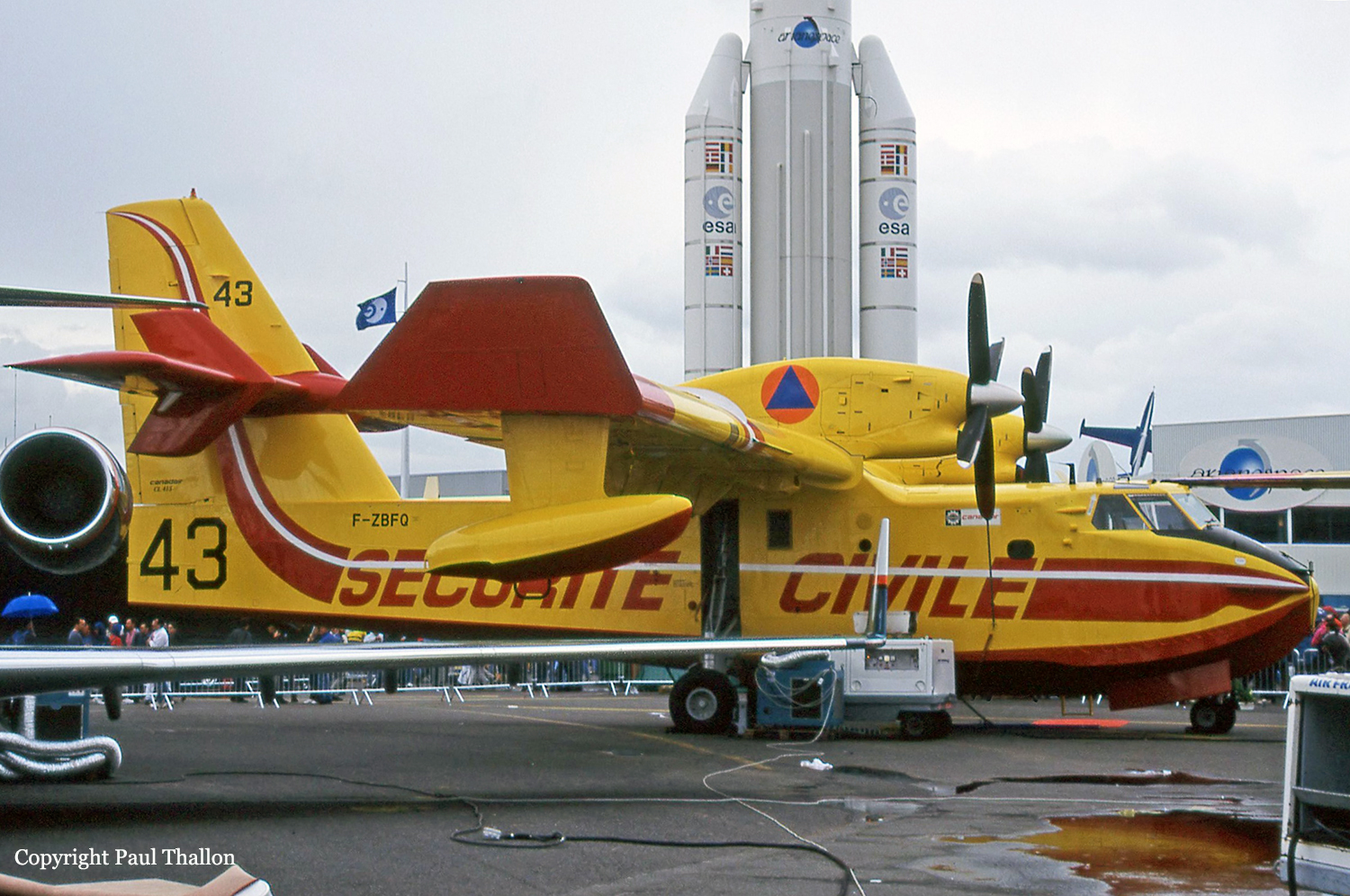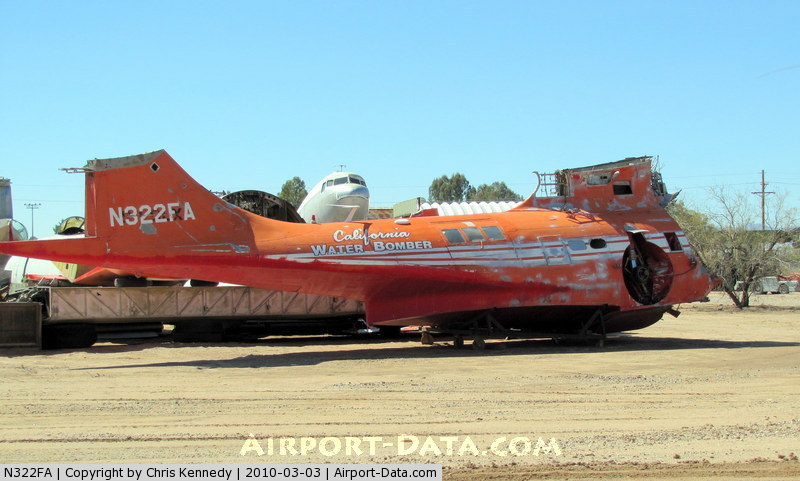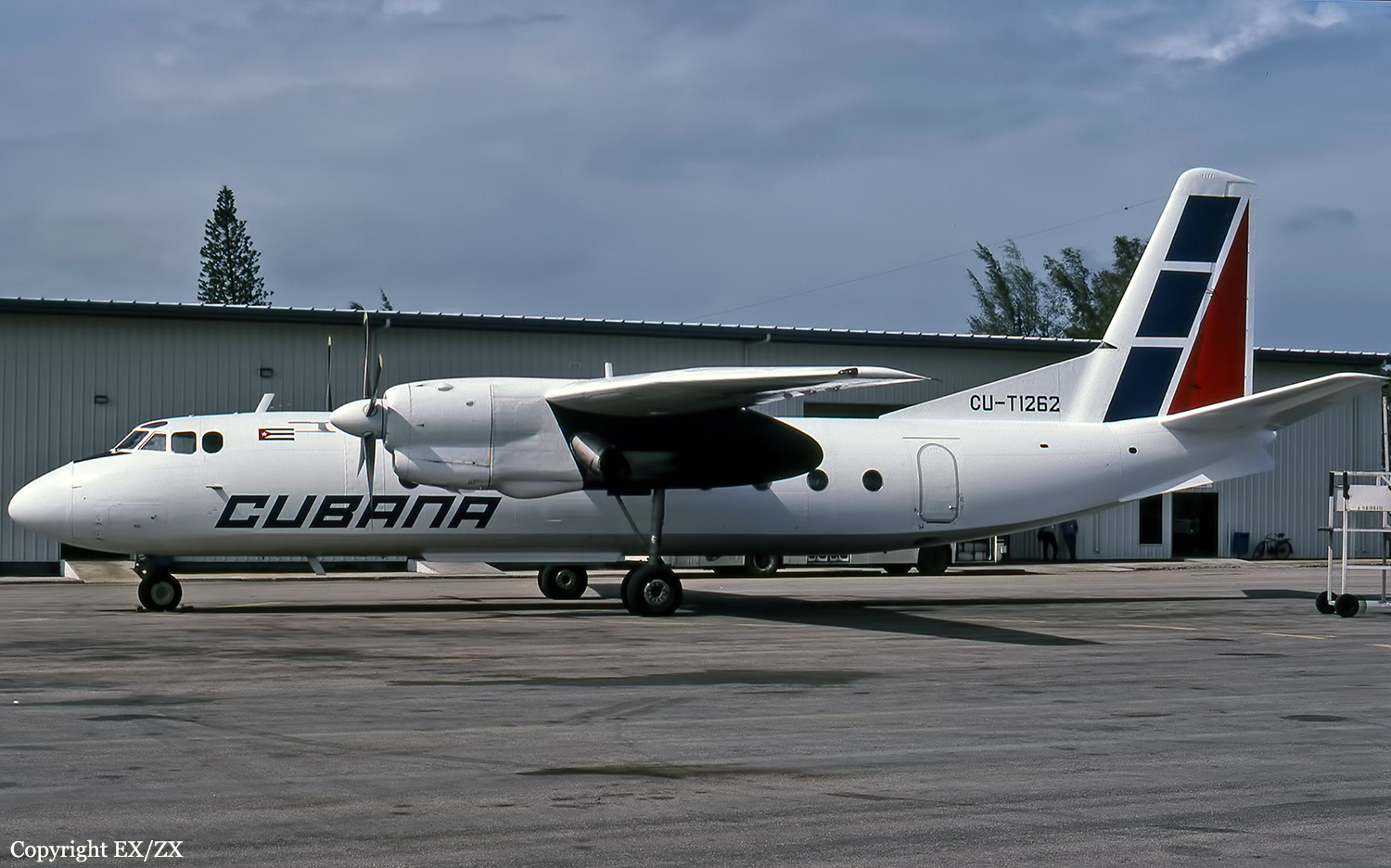Crash of a Canadair CL-415-6B11 off La Ciotat: 1 killed
Date & Time:
Nov 17, 1997 at 1030 LT
Registration:
F-ZBFQ
Survivors:
Yes
Schedule:
Marseille - Marseille
MSN:
2025
YOM:
1996
Flight number:
Pélican 43
Crew on board:
2
Crew fatalities:
Pax on board:
0
Pax fatalities:
Other fatalities:
Total fatalities:
1
Circumstances:
The crew departed Marseille-Marignane Airport with three other similar aircraft to conduct a training mission in the bay of La Ciotat. Following several scooping manoeuvres, the crew simulated an engine failure and then performed a complete landing when the aircraft suffered severe vibrations. The crew increased engine power in an attempt to take off when the seaplane overturned and came to rest upside down. The copilot was seriously injured while the captain was killed.
Probable cause:
It was reported that the hatches were open when the aircraft landed on the sea, causing severe vibrations and the subsequent loss of control.

















